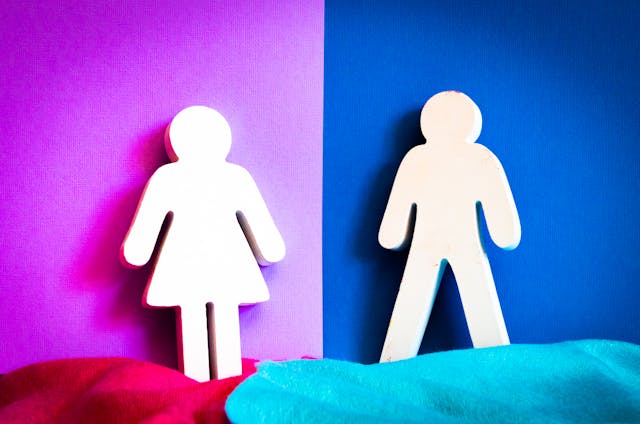As the fight for equality in the workplace presses on, it’s vital for organisations to reflect on the tools and practices they use daily. One such powerful tool is language. More specifically, the use of gender-neutral language has emerged as a pivotal component in promoting equality. Let’s delve into why it matters and how to effectively employ it in recruitment.
Table of Contents
Understanding Gender-Neutral Language
Gender-neutral language, also known as gender-inclusive language, avoids bias towards a particular sex or social gender. It aims to treat all people equally and does not discriminate based on gender. In recruitment, gender-neutral language ensures that job descriptions, interview questions, and communication do not favor a specific gender.
The Role of Gender-Neutral Language in Promoting Equality
- Avoiding Unconscious Bias: Gendered language often contributes to unconscious bias in the recruitment process. By using gender-neutral language, organisations can ensure they’re appealing to the widest talent pool possible.
- Encouraging a Diverse Applicant Pool: Gender-neutral language in job descriptions can attract a broader range of candidates, fostering workforce diversity.
- Creating an Inclusive Work Culture: Using gender-neutral language is a small yet significant step towards an inclusive work culture. It sends a message that your organisation respects all gender identities.
Implementing Gender-Neutral Language in Recruitment
- Job Descriptions: Avoid gendered titles like “salesman” or “chairwoman”. Instead, use neutral terms like “salesperson” or “chair”. Be mindful of gender-coded words that may dissuade certain applicants. For instance, words like “dominant” or “competitive” may be perceived as masculine, while “supportive” or “collaborative” may be seen as feminine.
- Interview Process: Use the candidate’s preferred pronouns. If you’re unsure, it’s always best to ask.
- Communication: When addressing a group, use gender-neutral greetings such as “everyone” or “team” instead of “ladies and gentlemen”.
- Policies and Procedures: Reflect gender neutrality in your HR policies and procedures, thus ensuring inclusivity in all facets of your organisation.
Concluding Thoughts
Gender-neutral language is a crucial tool in promoting workplace equality. It’s not just about avoiding gender-specific words but also about creating a culture of respect and inclusion. As organisations, the onus is on us to drive this change and contribute to a more equal and diverse working world.
Key Takeaways
- Gender-neutral language is a powerful tool to avoid unconscious bias and encourage a diverse applicant pool.
- The use of gender-neutral language in job descriptions, interviews, and communication can foster an inclusive work culture.
- Gender neutrality should extend to all policies and procedures to ensure inclusivity throughout the organisation.
- Organisations play a vital role in driving the shift towards more gender-neutral language, thus promoting equality in the workplace.


